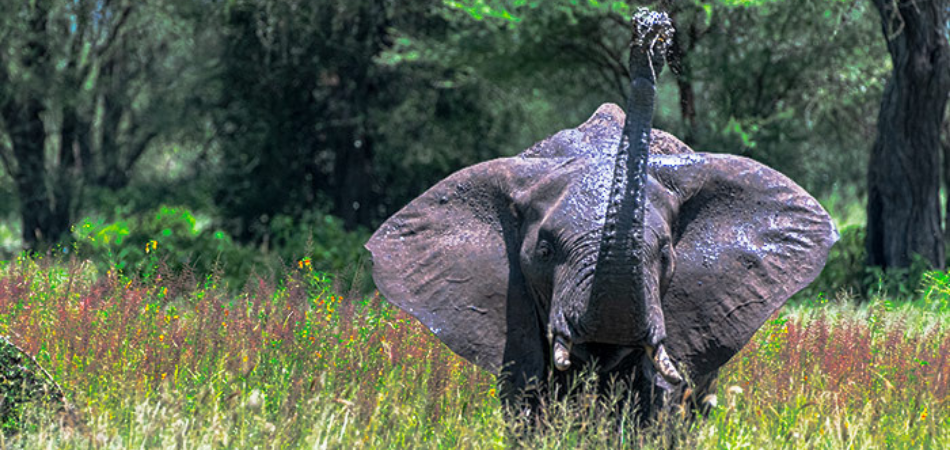
Be prepared for a fascinating experience if you decide to visit Tanzania for wild life viewing between the months of January-March. It is this time of the year that the reverse migration of Wildebeest, Zebras and other wild animals happens. You can see these animals return back from Kenya and proceed towards Tanzania. So what’s better than to begin your rendezvous with this famed wild life other than from the Tarangire National Park , Tanzania.
So with bags packed, off you are to Nairobi and then to Dar-e-Salam.
On reaching Dar-e-Salam you board a tiny ‘Precision Aircraft’ with a conspicuous ‘reindeer’ printed on its tail. This one hour ten minutes flight finally takes you to Arusha -Tanzania.
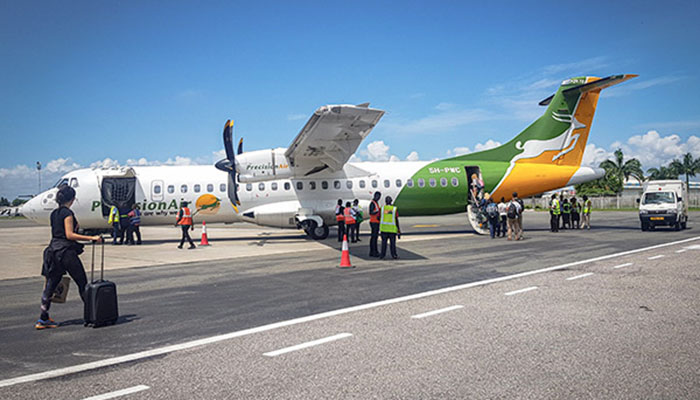
Precision Airplane
Flying over the clouds, you witness vast green lands below getting intermittently vivid between them. Your imagination goes wild thinking of the bloody prey-predator play plausibly being played somewhere there. The adage -‘Survival of the fittest’ getting tested and proved? Probably, Yes.
As the aircraft touches the run-way at Arusha airport, you see a slew of (a little over 2 dozen) private jets parked in various hangers around. An incontrovertible sign suggesting desirability of this place by Wild-Life connoisseurs.
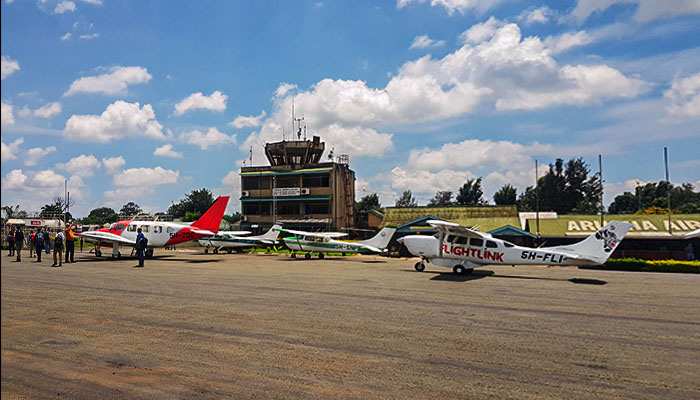
Planes at Arusha Airport – Tanzania
(Tip : To avoid the hassle of changing two flights, you can opt for a 4 hour road journey directly to Arusha from Nairobi. This way you save around 10 hours of waiting time between flights.)
L’Oasis Lodge
On reaching Arusha, Mr. Innocent, representative of ‘Monkey Adventure”, the organization entrusted to plan your itinerary is there, wearing a innocent smile, to take you on a 25 minutes’ drive to – L’Oasis Lodge. Place of your over-night stay
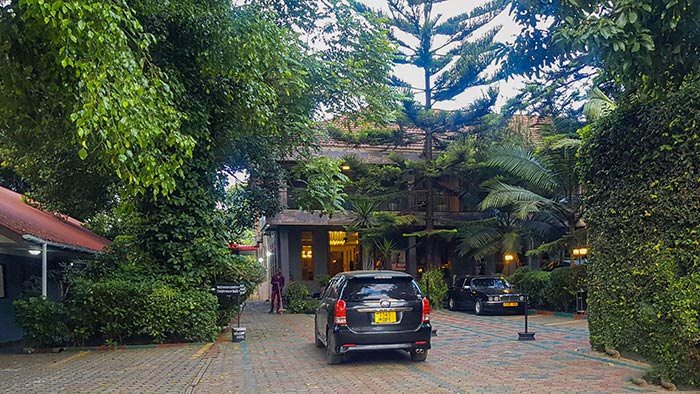
L’Oasis Lodge, Arusha
L’Oasis Lodge is a reasonably good place for a single night stay. You find the staff of the Lodge warm and friendly. However, “Don’t venture out during dark, it’s not safe” you are cautioned.
Next Day, as you are through with the breakfast, it is 8 am. A middle aged, medium built, darkish complexion, smart looking Mr. Kimondo, from ‘Monkey Adventure Tours‘ is there with his Land Cruiser. Kimando shall be your Driver cum Guide for the rest of the tour.
Aided with a mandatory pop-up roof this Land Cruiser has Monkey Adventures’ notably mentioned over its body. You are now set to embark towards the first destination of this tour – ‘Tarangire National Park‘ – located around 120 kms away, in the Manyara region.
This 2800 Sq. Km. ‘Tarangire National Park’, established in 1970 is touted to be the 5th National Park in Tanzania, and is well-known for its wild life, especially the large African Elephants.
Interestingly, the name ‘Tarangire’ is derived from the local language wherein ‘Tara’ means ‘River’ and ‘Gire’ – the name of animal called ‘Warthog’.
Needless to say, the Tarangire River passing from within the park provides for the vital source of fresh water to the flora and fauna here.
Entry Gate



Entry Gate -Tarangerie National Park
As you reach the park’s entry gate, its 11 A.M. There are over a dozen of similar vehicles lined-up. Each with overtly enthusiastic guests eager for a foray in to the park. With Pop-Up roof of the Jeep lifted now, you are able to stand-up within the jeep and have a 3600 perspective around.
While Kimondo walks away to get the mandatory entry permission, you safely arrange your camera gears below the pop-up roof. Your rendezvous with the much anticipated Wild Life of Africa is now set to begin.
Tarangire National Park
15 minutes into the park, as the game drive begins you weave through the muddy paths with tall grass on both your sides, acacia woodlands(thorny shrubs) at other places and Boabab trees, you are delighted watching attractive avian(birds) having colorful plumage perched on branches of various trees and some even moving over the ground.
The first to come you way is the Lilac-Breasted Roller (considered as National Bird of Kenya). Perched on a dry branch of a tree, it keeps turning its head with watchful eyes, looking for a possible prey. Some Insects, snails, scorpions or even lizards could seemingly make for a good meal.




Little ahead along the trail you see a Common Eland. Belonging to the antelope family, this one with his ears standing straight, curiously watches you as you pass by. Click, click and you quickly move..


Minutes later the famous Blue Wildebeest of Africa with its distinct white beard is seen cooling itself under the shade of a tree. Disturbed by the sound of your jeep he decides to walk away possibly towards a more quieter place. Respecting his privacy, you move on too.




The Impalas of Africa are the medium sized antelopes that support a glossy reddish brown coat and have large lyre shape horns. Coats of some among them are however darker than the others.


Common Impala


Dark faced Impala
Starlings are common birds found in the forest of Tanzania. The first among them to come your way is an adult Superb Starling seen balancing itself on a thin branch. Its short tail, iridescent blue neck-breast, reddish orange belly and white line in between, makes it look awesome.
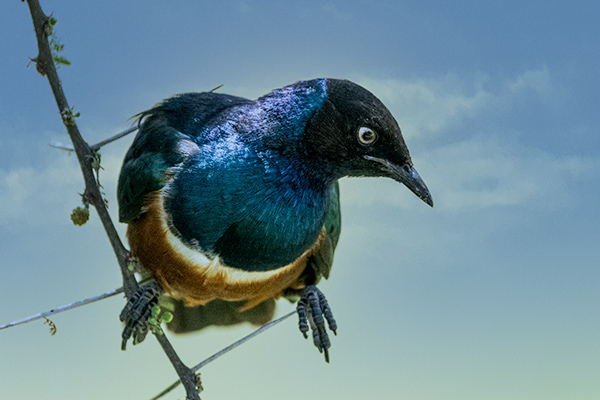



Moments afterward, sitting on a acacia is this cute Northern White Crowned Shrike. Its white forehead with black mask that extends over its round black eyes up to the side of its neck arguably augments its charm. Click, click and you proceed.




Soon you come across Rofus Tailed Weaver possibly calling on to its companion. This weaver is a song bird that belongs to the Sparrow family and is primarily found in East Africa.




Wow… this Ashy Starling has a Grasshopper firmly clenched within its beak. Presumably going in for a tasty lunch. Closely followed is this appealing half a foot long bird, considered an apt fly catcher called Silver Bird . Looking for a fly above? May be.


Ashy Starling


Silver Bird
Not very far from your jeep you see a pair of amazing Masai Giraffes hogging voraciously on tree leaves around. Tall to their reputation, with distinctive jagged spots/blotches all across their body, they remain unfazed by your presence and continue munching incessantly. Sufficient time thus to get them in your camera.


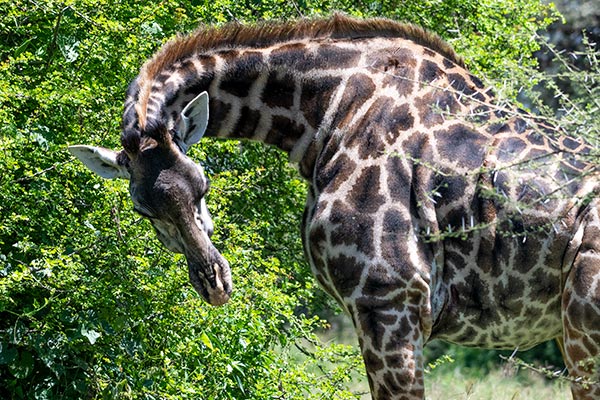

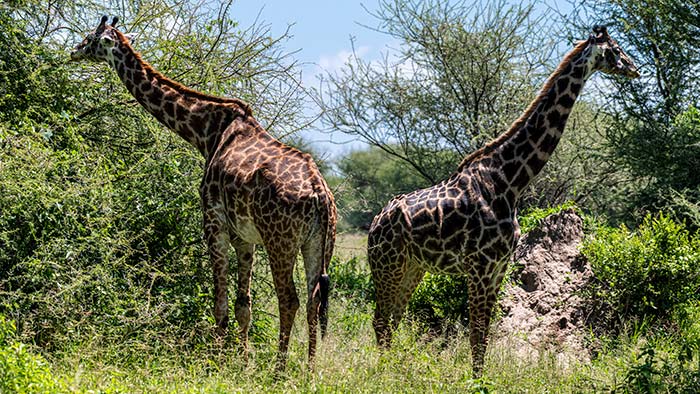

Few meters ahead there is another one. This one is plausibly satiated, and is therefore seen standing under the shade of the tree presumable to take some rest. His eyes however remain glued towards you as you point the camera towards him.




Tarangire River
It’s 12.30 in the afternoon. You reach the banks of the Tarangerie River to crossover. Incidentally heavy rains a few days ago has swollen the river thus making it unsafe to cross. Kimando therefore and rightly decides against taking any risk and thus turn.
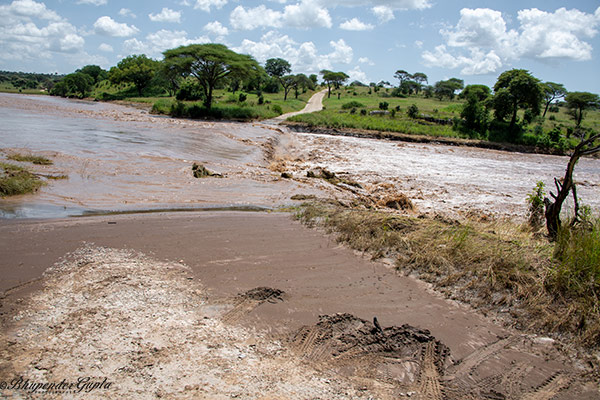

However, as he takes the turns, you see few birds around that you feel could make your repertoire more interesting. You request Kimando to wait while you capture them in your camera.
To your surprise you see the Indian Roller Weaver . This seemingly adventurous bird has flown across the continents and is now at this river bank probably to quench her thirst.
A couple of different species of Starlings too attract your attention.
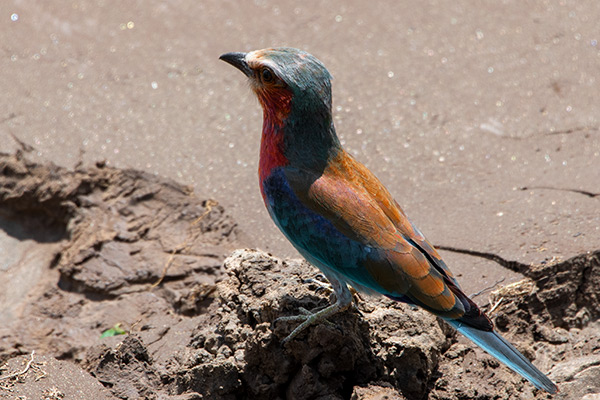

Indian Roller Weaver


Ashy Starling
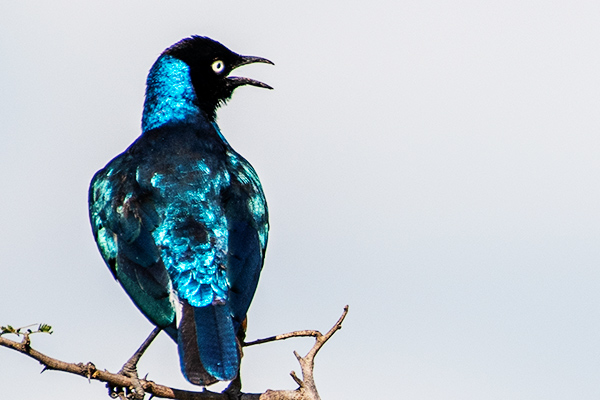

Superb Starling


Superb Starling
Picnic Spot
It is around 1 pm. Kimmando suggests that we should now break for lunch, So in the next 10 min you reach a place where you see no of jeeps, like that of yours, lined up, This is the picnic spot. A fairly large place earmarked within the park to facilitate tourist to halt for a break,
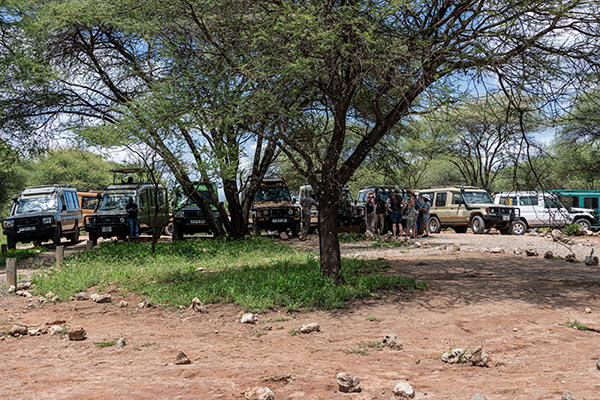

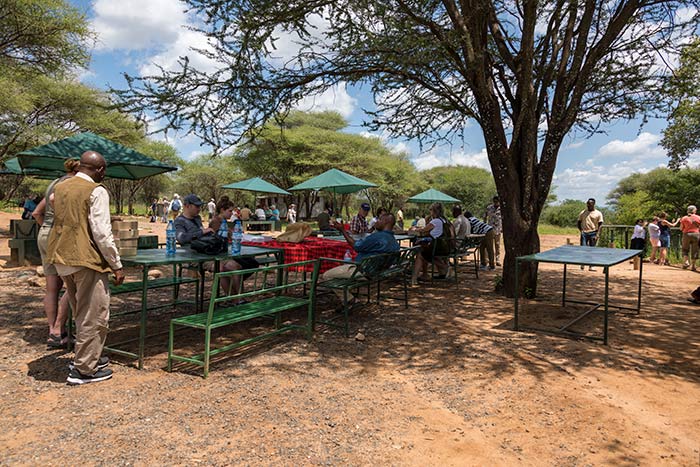

After you are through with your pre packed lunch, you move around to scan the place. At its periphery you see a few langurs– vervet monkeys moving around in hope to grab some left-overs. Far below, across the fence, the Tarangirie River is flowing nonchalantly,
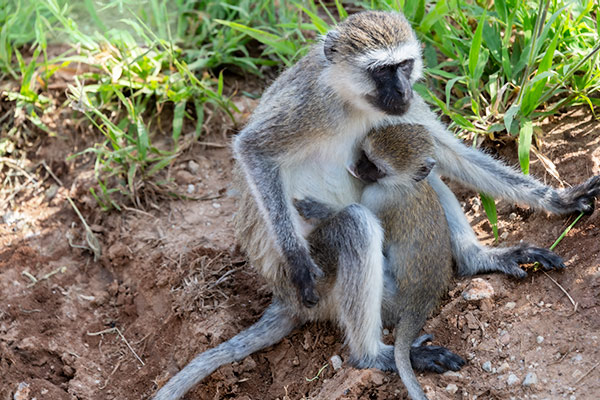

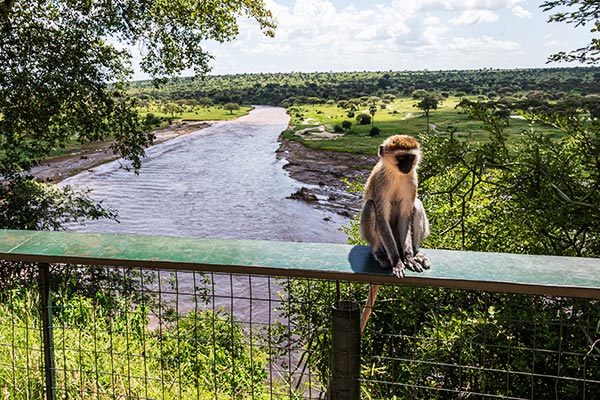

Meandering around the jungle, you find few more avian like White-Browed Sparrow Weaver, D’arnaud’s Barbet, Tree Kingfisher and an Egyptian Goose with her chicks.
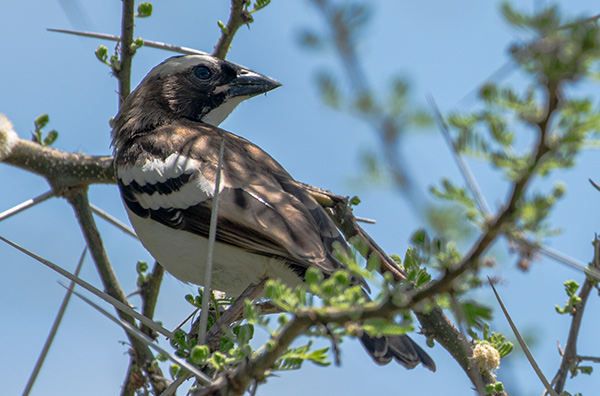

White-Browed Sparrow Weaver
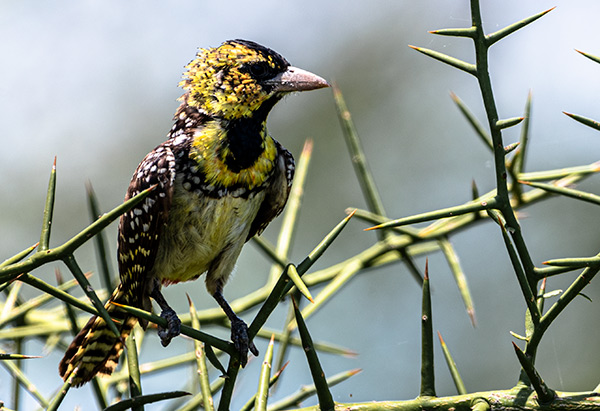

D’arnaud’s Barbet
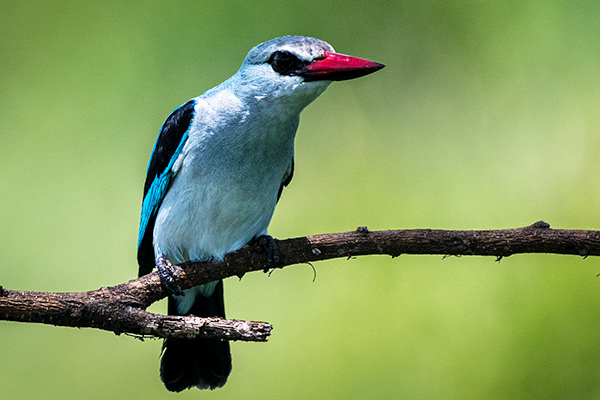

Tree Kingfisher-Woodland Kingfisher


White Headed Buffalo Weaver
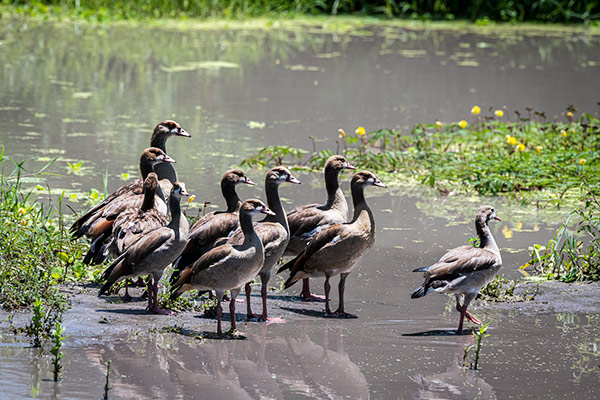

Egyptian Goose chicks
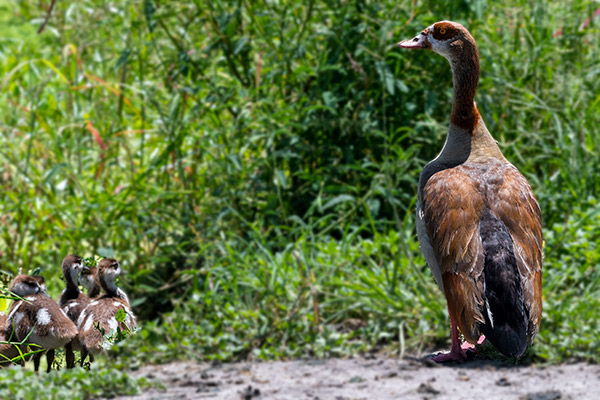

Egyptian Goose with chicks
You are thrilled watching the real big ones now before you. They are the famous African Elephants of Tarangirie. Known to be the largest land animals they support huge bodies, sturdy trunks and impressive tusks. Their wide ears interestingly resemble the shape of African continent that keep flipping as they eat grass and shrubs around.
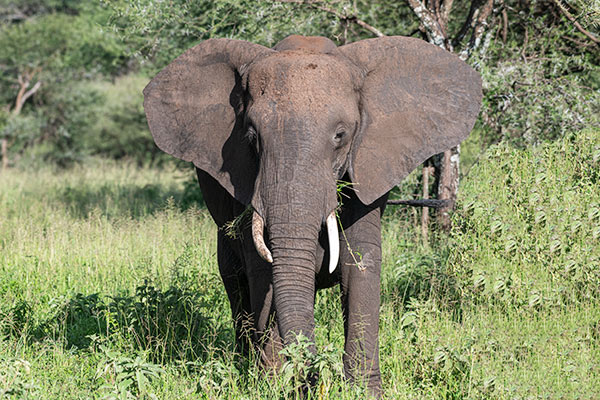

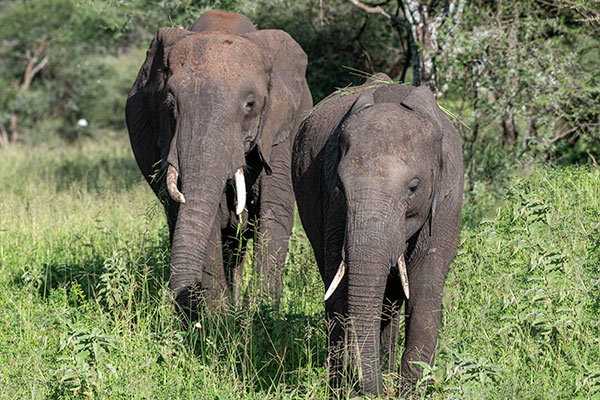

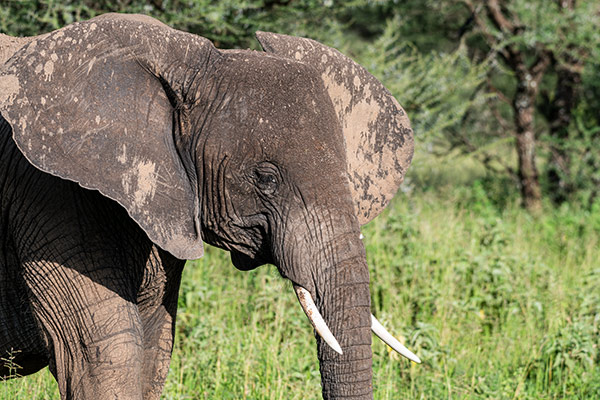



As you drive, right in the middle of the road, in front of your jeep is a family of Common Warthog (deemed to be the wild member of Pig family). Interestingly a couple of young ones are seen playing that seemed more like a fight.
Soon they clear the way for you to move….
Thought aesthetically not very attractive, the locals have named them ‘Gire’. Gire, as we are aware, is the part of the name of this park – ‘Taran-gire’
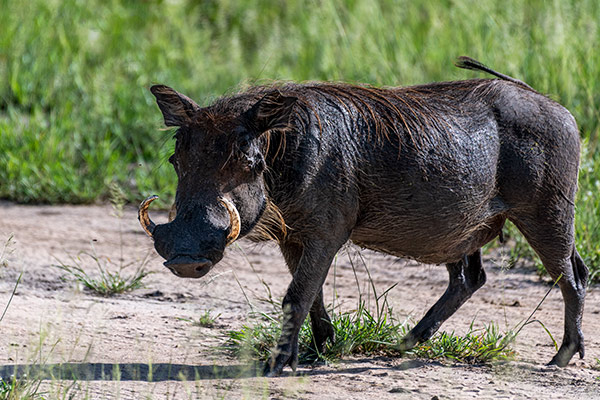

Warthog
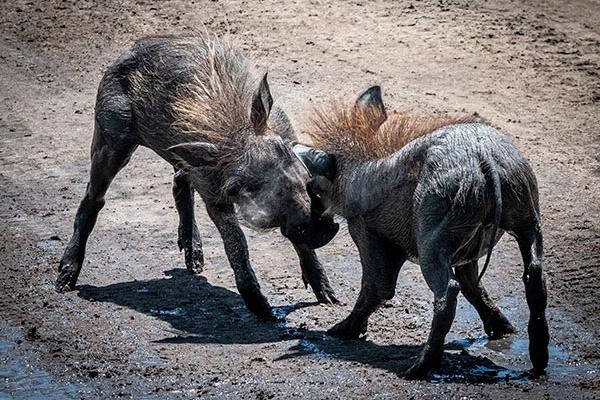

Young Warthogs
Moments later, on your right, a little away in the field, are these striking pair of Somali Ostrich with their long flexible necks constantly in motion. They are also known as blue-necked Ostrich. These remarkably large flightless birds are native to Africa and interestingly not sub-species of the common Ostrich that we normally know or are aware of.
The darker one is the male among the two.
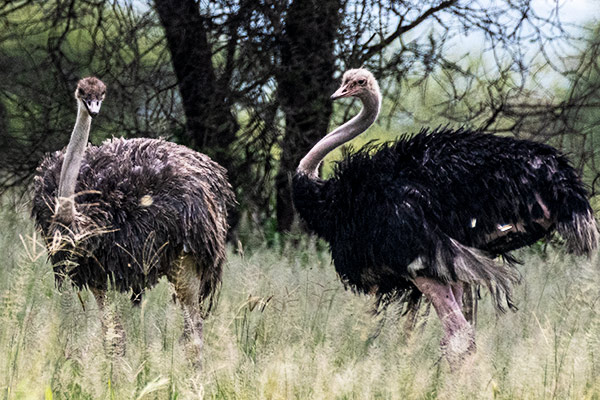

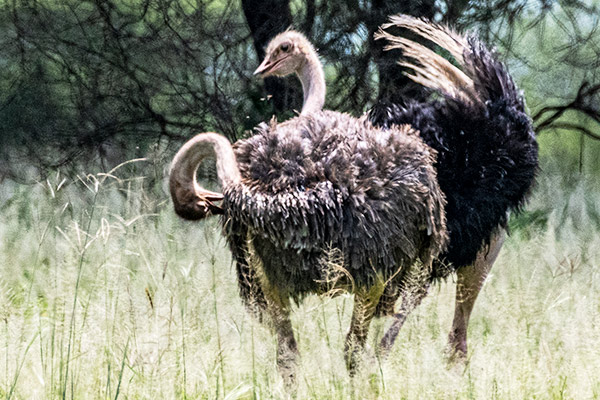

This nice-looking male Helmeted Guineafowl with its un-feathered albeit multi-colored head, grey-black body spangled with white spots all over, remains eye-catching. Then the pair of Impalas seen standing under a tree make a interesting composition too.
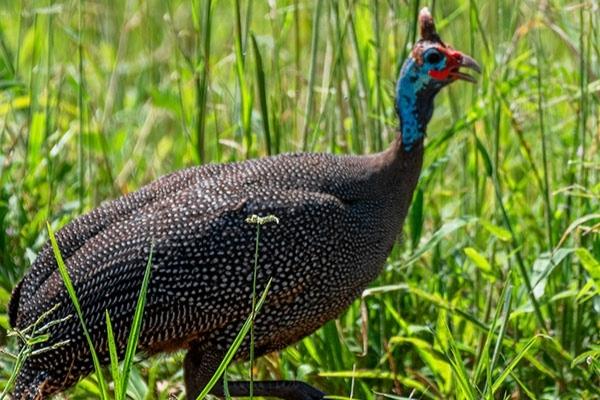

Helmeted Guineafowl
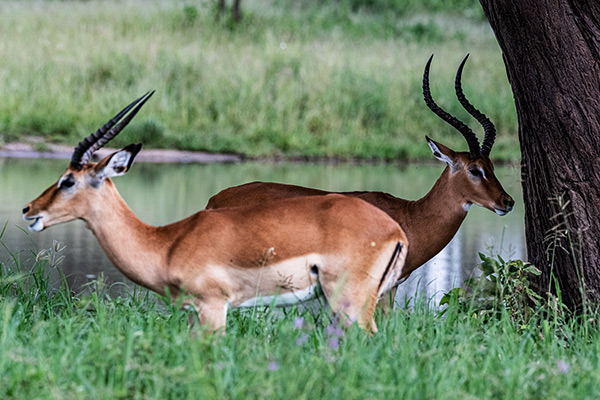

Impalas
Later you pass through the area that’s ostensibly the habitat to different species of Hornbills. Here you come across the Jacksons Hornbills as well as Von Der Decken’s Hornbills not far away from one-other.
Interesting to note that Jacksons Horn-bill is a sub species of Von Der Decken’s Horn-bill except that Jackson has dense white spots on its wing-coverts while Decken’s horn-bill has a dark grey beak. Nevertheless both are equally attractive.
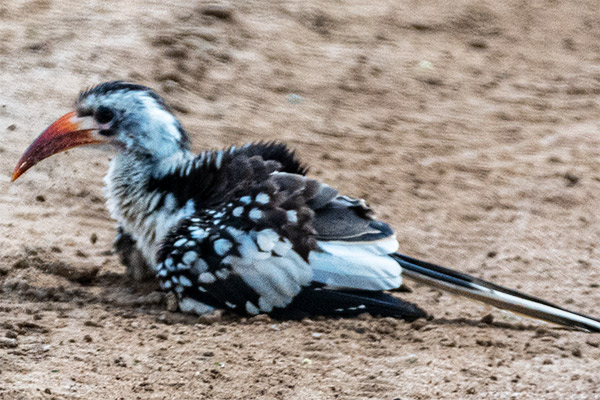

Jacksons Hornbill (Juvenile)
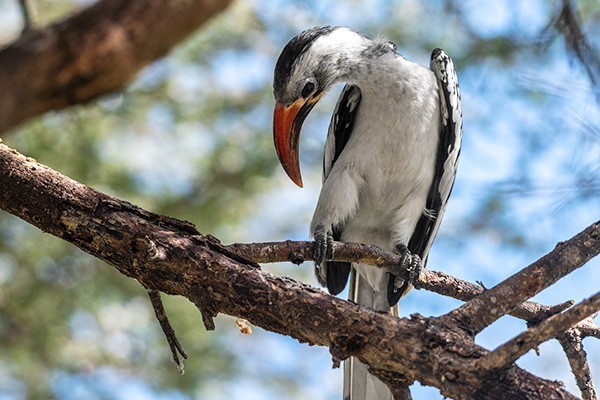

Jacksons Hornbill
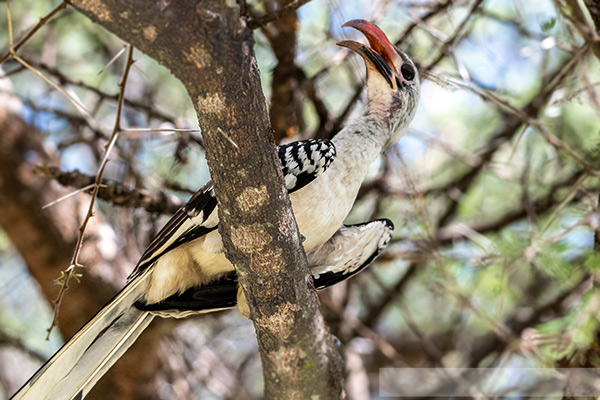

Jacksons Hornbill
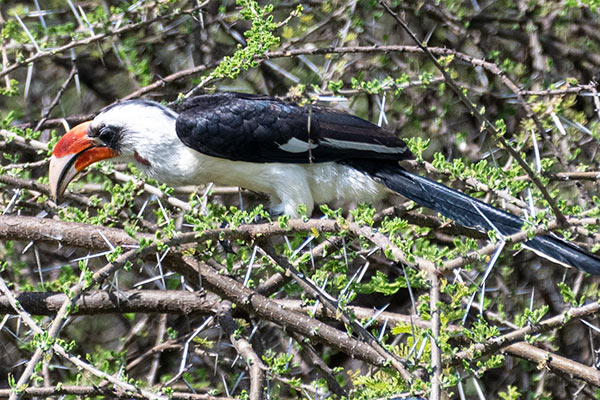

Von Der Decken’s Hornbill ( male)
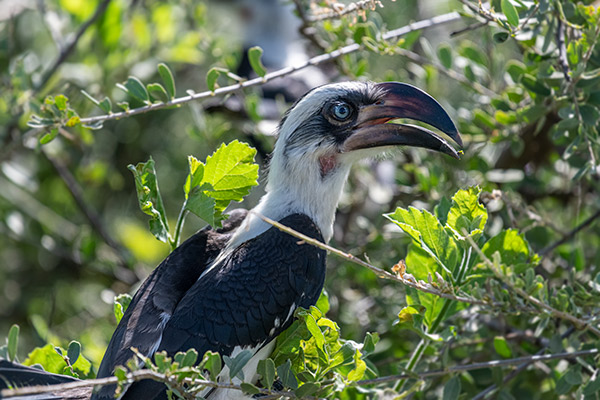

Von Der Decken’s Hornbill (female)
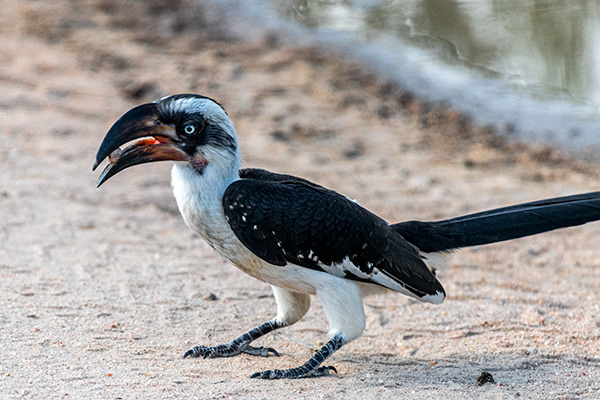

Von Der Decken’s Hornbill ( male)
Its 5 pm and time to leave the park. On the way back you halt momentarily as you see first, Black Faced Sand Grouse. This species has a pigeon like head and neck and is noticed moving around on the ground.
Then comes a male White Bellied Buster also known as White Bellied Korhaan with white breast, black crown and pinkish bill.
And finally the delightful herd of Zebras are standing deep in the grassland wearing a distinct black-and-white stripe coat.
Considerable sighting considering you spent just around 6 hours within this park. Wow…..
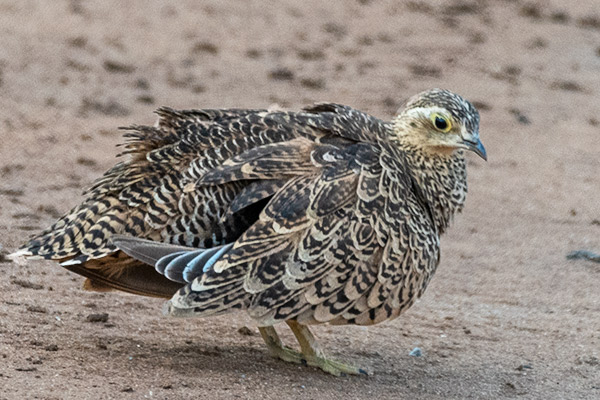

Black Faced Sand Grouse
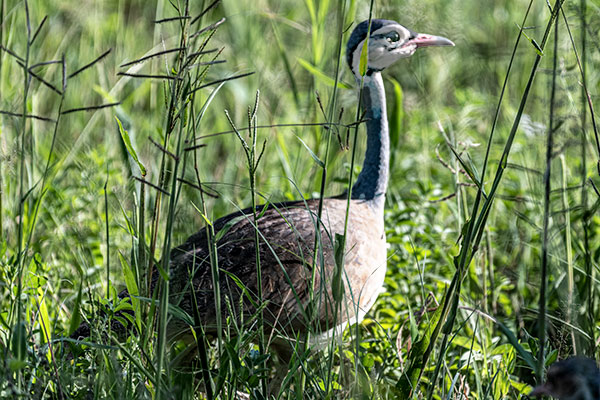

White Bellied Buster
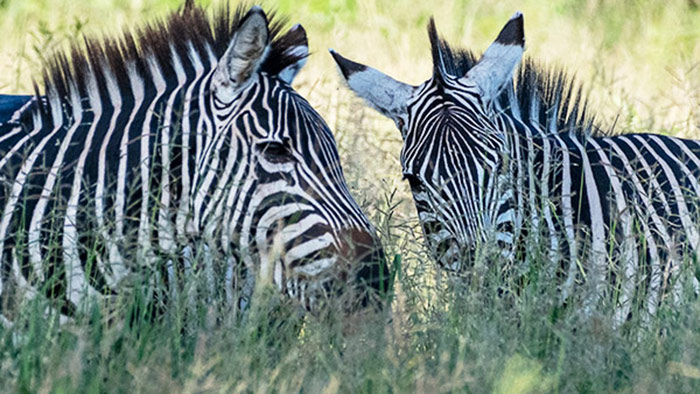

Finally as you exit the park gate, it is nearly 6 pm. Your night stay is scheduled at the Simba Lodge which is around 90 minutes drive from the park’s gate. The shortcut however was if you could cross the swollen Tarangire river and come out from the other side of the park.
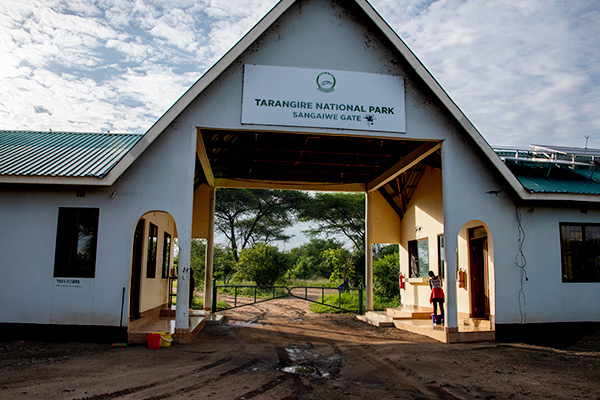

Second Gate -Tarangerie National Park
So, by the time you reach the lodge it is reasonably dark. (According to Kimmando, guest are not advised to be transported after dark, understandably for security reasons)
Simba Lodge
Once at Simba Lodge, after you check in, the bell boy guides towards your allotted tent. Simba Lodge has numerous individual tents that are well netted and are reasonably spacious as well as comfortable. ‘Nyumbu’ is the name of your tent. Wish I knew the meaning of ‘Nyumbu’.
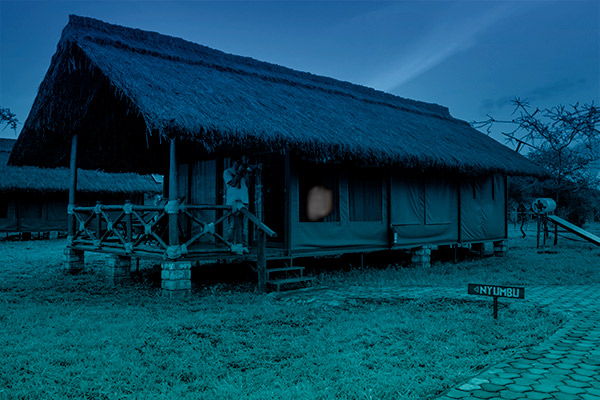

Nyumbu Cottage at Simba Lodge
Before leaving, the bell boy has a word of caution. Says : Do not to leave the tent by yourself as occasionally the wild animals move around in this place.
After getting fresh followed by wine and dinner, you hit the bed for a much needed rest.
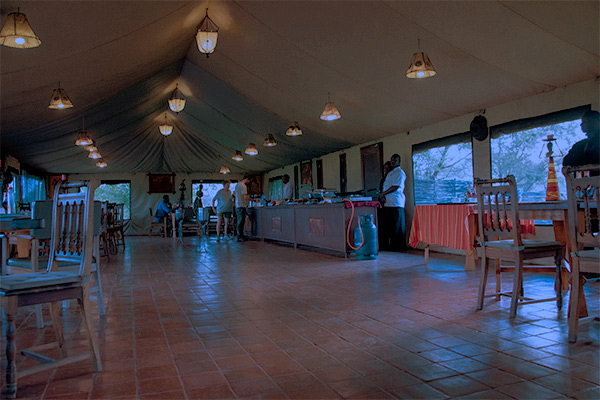

Dinner hall at Simba Lodge
Travelling is like flirting with life. It’s like saying, ‘I would stay and love you, but I have to go; this is my station.
Lisa St. Aubin de Teran
Next day is the time to visit another fabled place in Tanzania – Lake Nudutu.


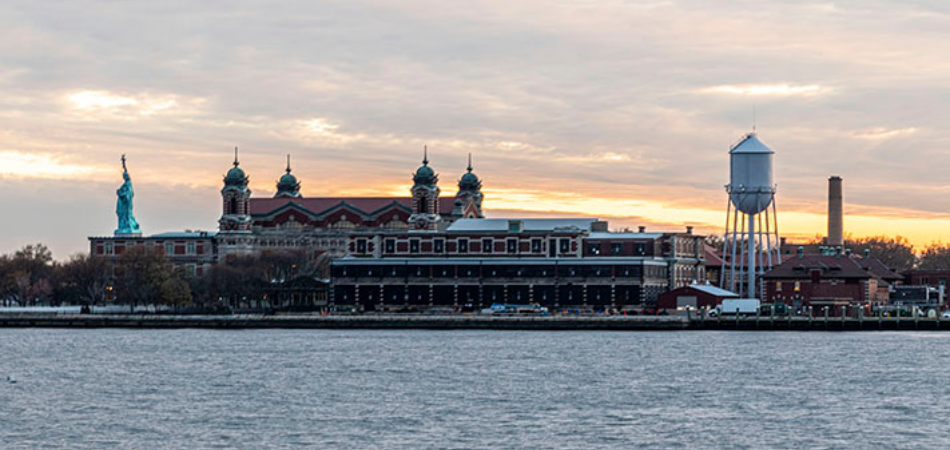
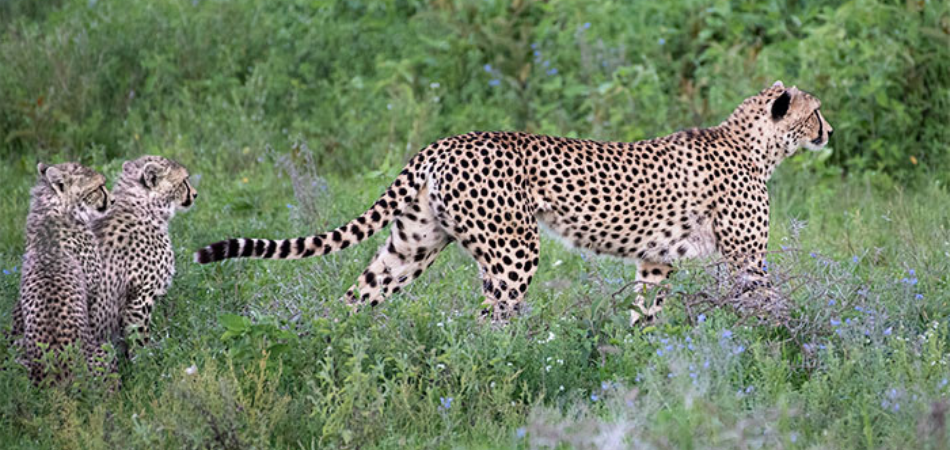
Anonymous
Superb 😊👍
Anonymous
Thanks Bhupendra,
I thoroughly enjoyed your post.
God bless you fr sharing yr experience and the photographs.
Not all of us cn do wht you do so….
Congrats!
Look forward to reading a lot more
Anonymous
Thnx ji
Raghuveer khanuja
Fantastic photographs some of animal looking directly to you elephants giraffe beautiful beautiful pictures
Ramesh mishra
Awesome photography
Anoop
Travel is like flirtingting with life ..how cool is that flirting among colourful starlings. Treat to eyes.
Ronak Shah
Wonderful…! All detailed level (360°) crystal clear information. Very nice…!
Avinash
Photography at its best!
Enjoyed reading it.Very well narrated.
Manjinder Sarkaria
Wonderful experience you shared
Ramesh Shetty
Bhupiji enjoyed your post and best photography.
Bhavna Dharod
Love reading all your blogs…… it’s a treat to the eyes. As usual well written perfect photographs 👌👍🏻It’s like you take your readers with you on your travels …….. awesome 👏😊